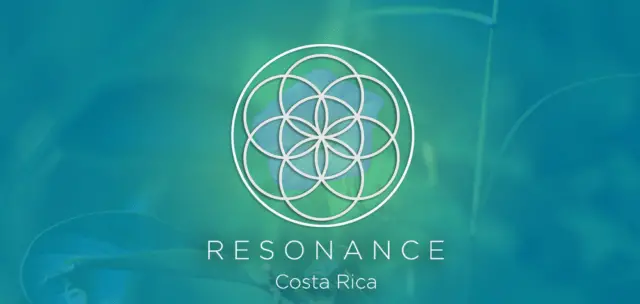Sustainable Construction in Costa Rica has become a key pillar in the fight against climate change. This sector, responsible for a significant part of carbon emissions, is adopting innovative strategies to minimize its impact and align itself with the commitments of the Paris Agreement and the National Decarbonization Plan.
Decarbonization and sustainable construction in Costa Rica
According to Nicolás Ramírez, Executive Director of the Green Building Council Costa Rica: Buildings represent a third of global energy consumption and consume 50% of the planet’s natural resources. The industry must move towards a sustainable and regenerative model.
The National Decarbonization Plan establishes that by 2030 all new buildings must be designed under low-emission standards, and by 2050, the sector must operate with renewable energy and energy efficiency.
Main trends for 2025 in sustainable construction in Costa Rica:
Circular economy and recycled materials
The sector is adopting an approach based on the circular economy, prioritizing the reuse of materials and the reduction of waste. Some of the key strategies include:
Recovery of materials from demolitions for reuse in new buildings.
Implementation of cements with a lower carbon footprint.
Incorporation of water and energy recycling systems in buildings.
Use of certified wood and biodegradable materials in construction.
The use of construction waste is one of the most effective strategies. Companies such as Holcim Costa Rica have developed methods to reduce the demand for materials extracted from the environment.
Environmental regeneration and green construction
The concept of environmental regeneration seeks to ensure that buildings not only reduce their impact, but also contribute to restoring ecosystems. Some initiatives include:
Green infrastructures such as green roofs and living walls.
Urban renaturalization, integrating more green spaces in metropolitan areas.
Application of bioclimatic architecture, maximizing energy efficiency and reducing dependence on artificial air conditioning.
Costa Rica already has several projects that combine clean technologies and passive design to minimize energy consumption like:
Using municipal solid waste to generate 70% of its energy.
ISolar park in Geocycle supplies up to 70% of the electricity used in operations.
Recovers 94% of its waste, avoiding 108 tons of CO₂ annually.
Optimizing the production process to reduce the environmental impact in steel manufacturing.
Reducing its carbon emissions by 30% and certifying its buildings as “zero waste.”
Implementing modular architecture to minimize waste of materials.
Technological innovation in sustainable construction in Costa Rica
Technological advancement is key to sustainability in the construction sector. Some of the most notable innovations include:
Adaptive design, which allows buildings to regulate their temperature without the need for artificial air conditioning.
Smart sensors, which optimize energy and water consumption in buildings.
Use of artificial intelligence in architectural design to reduce the carbon footprint.
Despite the advances, sustainable construction faces important challenges:
- High initial costs, since sustainable technologies require greater investment at the beginning.
- Lack of financial incentives, making it difficult to access financing for sustainable projects.
- Resistance to change, since some developers and consumers are still unaware of the benefits of green construction.
The United Nations Environment Programme offers recommendations to overcome these challenges and promote sustainable construction.
The role of government and society
The success of sustainable construction in Costa Rica will depend on collaboration between the private sector, government and citizens. Key actions to be implemented include:
Public policies that encourage the adoption of sustainable practices.
Education and awareness about the benefits of green construction.
Economic incentives for companies and consumers committed to sustainability.
The State of the Nation Programme has highlighted the importance of these measures in its reports on sustainable development.
The sustainable construction sector in Costa Rica faces a crucial challenge: evolving towards sustainability without compromising economic development. As Gabriela Vallejo Astúa, director of Sustainability and Innovation of the Costa Rican Chamber of Construction, mentions:
“The construction sector has an unavoidable responsibility in the transition towards a sustainable future. Costa Rica is demonstrating that it is possible to combine economic development with environmental responsibility.” In 2025, sustainability is no longer an option, but a necessity. With innovation, commitment and joint work, Costa Rica is moving towards a more efficient, regenerative and planet-friendly construction model.

